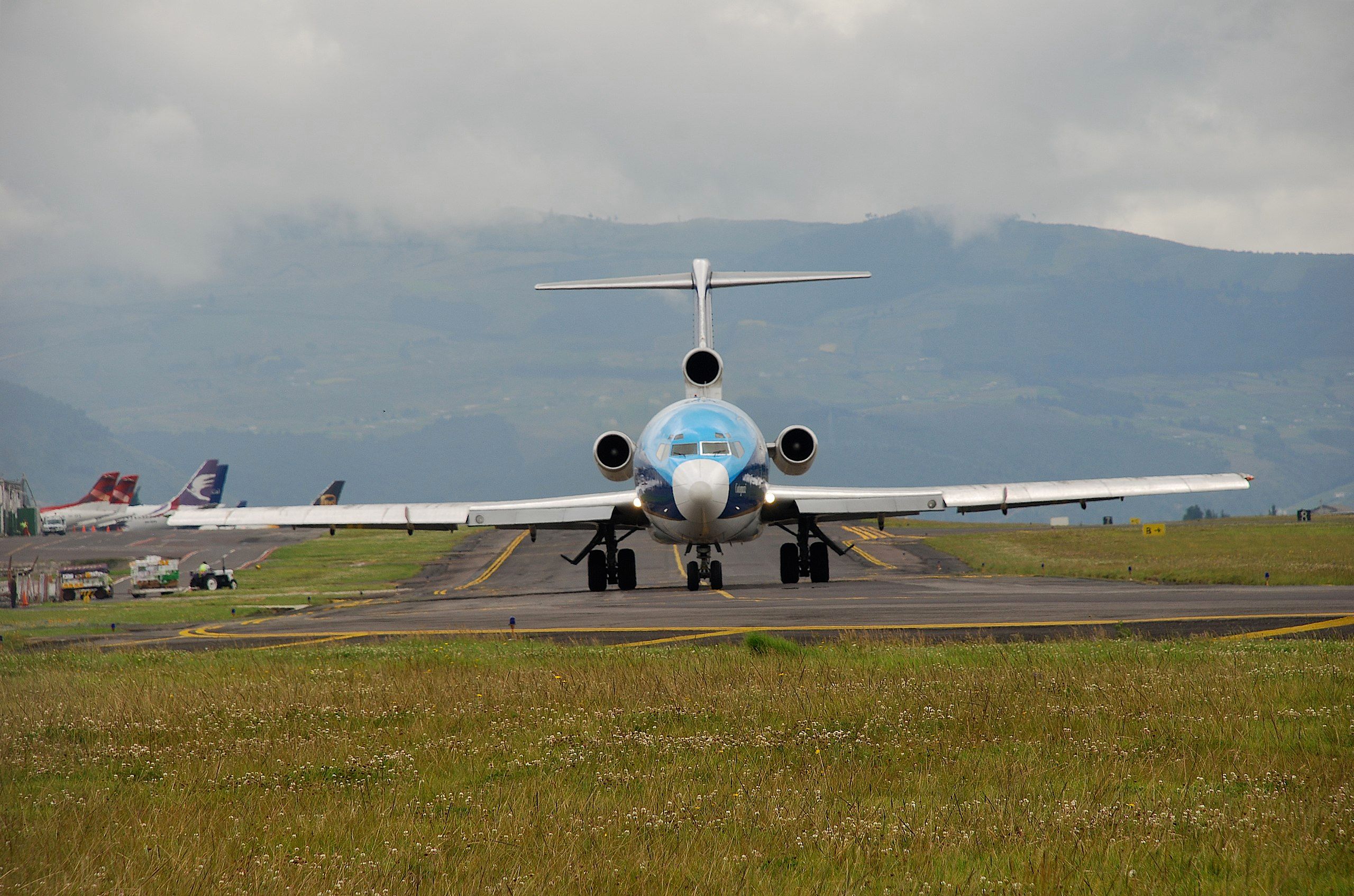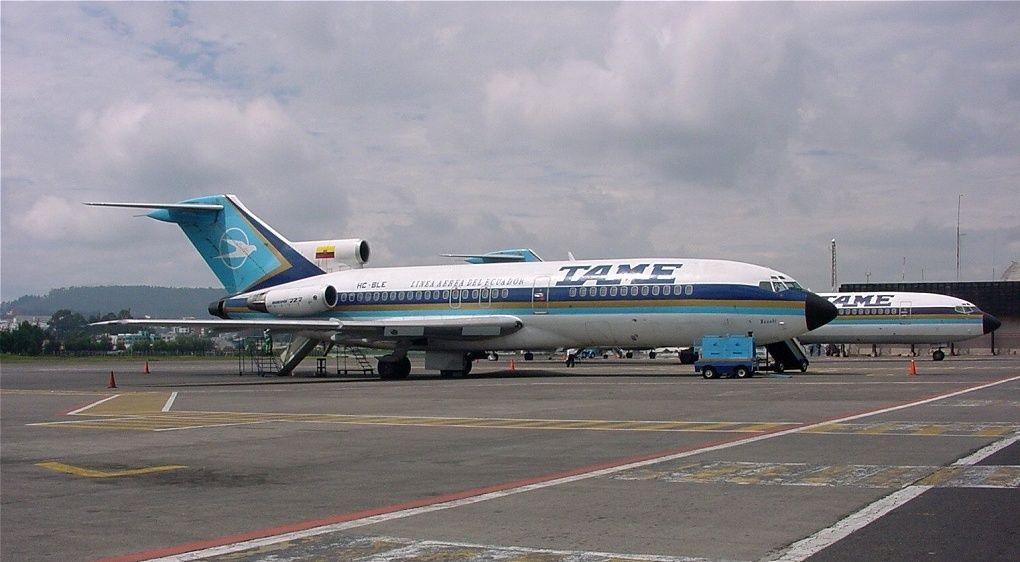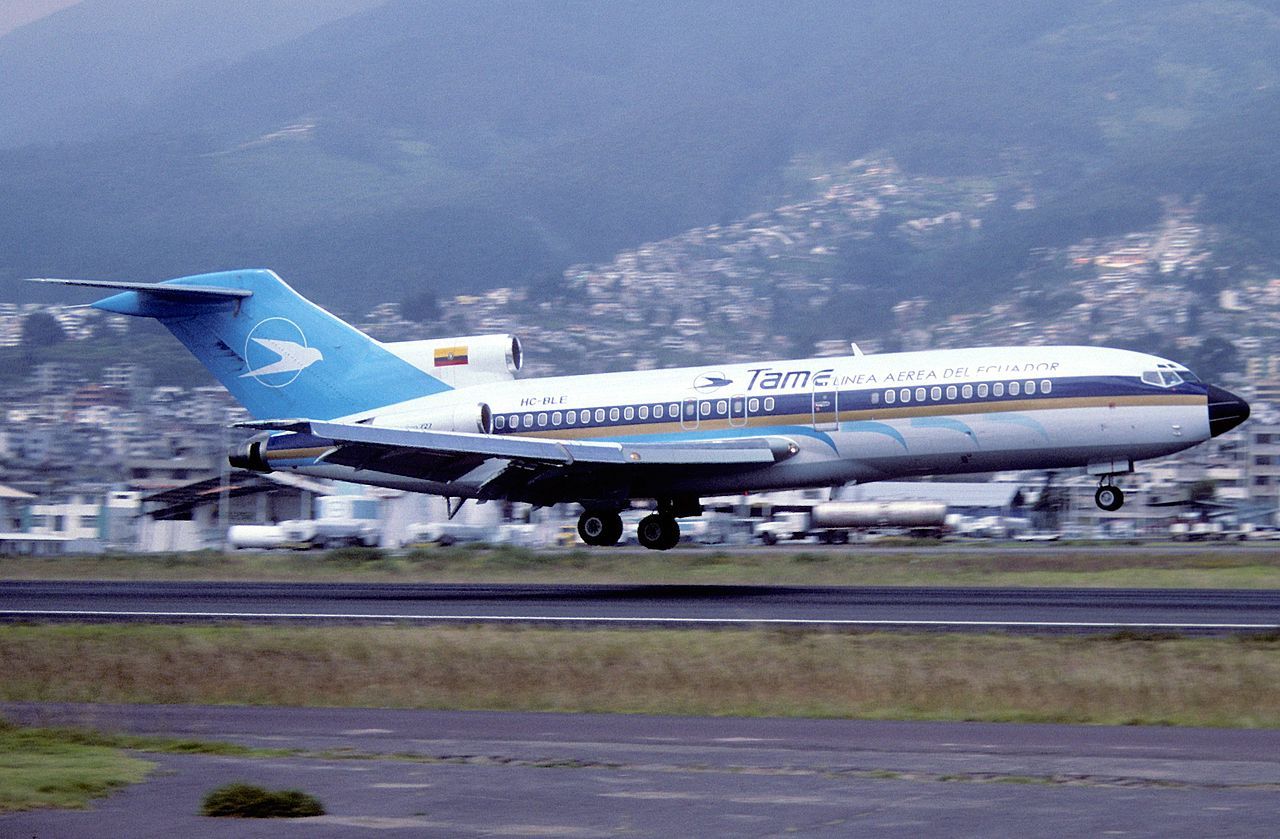Today marks 21 years since the crash of TAME Flight 120, which collided with a stratovolcano while flying to Colombia from its Ecuadorian homeland. The accident resulted in the deaths of everyone onboard the aircraft, and was later found to have been caused by pilot error. Let's take a look back at how the tragedy unfolded.
The flight and aircraft involved
TAME (Transportes Aéreos Militares Ecuatorianos) EP Linea Aerea del Ecuador flight 120 was a scheduled international flight that originated at the carrier's Quito Mariscal Sucre International (UIO) hub. Its first stop en route was also in Ecuador, namely Teniente Coronel Luis A. Mantilla International Airport (TUA) in Tulcán.
After this, the flight was scheduled to continue into Colombia, with its final destination being Alfonso Bonilla Aragón International (CLO) in the west of the country. While the flight did enter Colombia, it never even touched down in Tulcán.
According to the Aviation Safety Network, the aircraft operating TAME flight 120 on January 28th, 2002 was a Boeing 727-100 which bore the registration HC-BLF. Data from ATDB.aero shows that it was more than 34 years old at the time, having originally been delivered to Transair Sweden in December 1967. It had 94 people onboard, with this figure comprising 87 passengers and seven crew.
Love aviation history? Discover more of our stories here!
A fatal mistake on approach
The first leg of TAME flight 120 21 years ago today departed Quito at 10:03 local time. Owing to the relatively short distance between the Ecuadorian capital and Tulcán, it cruised at a comparatively low altitude of just 18,000 feet. By 10:15 local time, it had already established radio contact with the control tower at Tulcán.
Approaching from the west, the plan was for the aircraft to fly over the airport, before making a left turn that would see it swing around for an approach onto Tulcán's 2,460-meter-long runway 23. Visibility was good, at 8,000 meters, although some low clouds were present. The crew were then advised of their permission to descend to 14,000 feet. However, they would soon make a fatal mistake.
Indeed, the speed at which they undertook the procedure was much too high, clocking in at 230 knots (430 km/h) rather than the planned approach speed of 180 knots (333 km/h). As a result of this, the prescribed left turn took the 727 wide of the airport, and instead put it on a collision course with the Cumbal stratovolcano, located just across the border in southwestern Colombia, which it hit at 10:24.
Impact and aftermath
While the 727 was flying at an altitude of 14,700 feet at the time of the accident, Cumbal towers to a height of around 15,630 feet, thus making it a major terrain hazard for planes in the area. The impact with the stratovolcano sadly resulted in the deaths of all 94 people onboard, and the wreckage was found the next day.
Colombian authorities deemed the crash to have been the result of pilot error. They highlighted the fact that the crew had opted to continue their approach despite meteorological conditions not meeting those established in TAM's standard operating procedures. The pilot in command's incorrect speed and bank angle when making the prescribed left turn were also major factors in the disaster.
Sources: ATDB.aero, Aviation Safety Network



